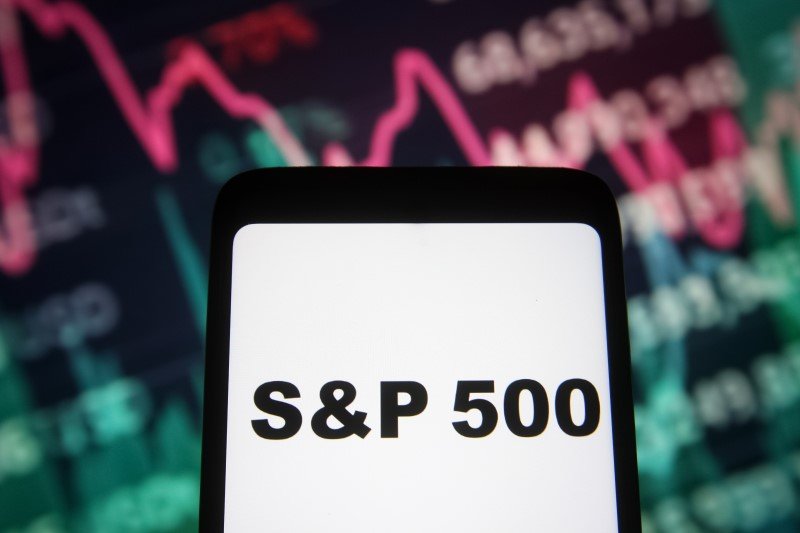Investing.com — Investor sentiment shifted as over $16 billion flowed into the , reversing a recent trend of risk aversion. This influx has pushed S&P 500 positioning to elevated levels, as per analysts at Citi Research in a note dated Monday. Positive economic data appears to have underpinned this renewed investor confidence.
The early part of August witnessed subdued equity positioning as investors navigated an environment marked by caution and de risking. However, last week’s macroeconomic releases, particularly in the United States, catalyzed a sharp turnaround.
The Producer Price Index (PPI) for July came out flat, a sign of stabilizing inflationary pressures after months of persistence. This was followed by the Consumer Price Index (CPI) aligning with market expectations, further reassuring investors of the easing inflationary environment.
These developments have contributed to a more optimistic economic outlook, reducing fears of a protracted inflationary period and offering the Federal Reserve more flexibility to manage interest rates.
As these positive data points emerged, the S&P 500 responded with a rally, reversing losses incurred during the early August sell-off. This rally was not just a reflection of improved market sentiment but also a signal of renewed investor commitment to the equity market, particularly in the S&P 500, which saw the majority of the new risk flows.
“Net positioning rose across US indexes, with the S&P seeing distinctively larger and consistent new risk flows throughout the week. Notional positioning rose by almost $18bn, with the vast majority ($16bn+) coming from new longs,” analysts at Citi said.
“Nasdaq and Russell position flows followed a similar rising trend, but the magnitude of flows was much smaller,” they added.
This influx of capital has been accompanied by a marked reduction in short positions, as the rally pushed all short positions into loss territory. However, Citi notes that the risks associated with these short positions are mitigated by the relatively smaller size of these positions.
“Nasdaq and Russell position flows followed a similar rising trend, but the magnitude of flows was much smaller,” the analysts said.
The Nasdaq, in particular, had been under pressure from long position losses, but these losses have now eased significantly, reducing pressure on investors and improving the overall profit setup for the index.
The resurgence of bullish flows was not confined to U.S. markets. European and Asian markets also saw an uptick in investor activity. In Europe, indexes such as the and turned net positive, driven by new long positions and unwinding of shorts.
However, the EuroStoxx remains bearish, as degrossing activity continues to dominate investor behavior in this index.
In Asia, the stood out as the index with the strongest bullish flows, reaching levels that Citi describes as increasingly extended. The also extended its net long positions, nearing three-year highs.
Meanwhile, the remains the most bearish, with limited positioning risks due to underdeveloped short profit levels.

